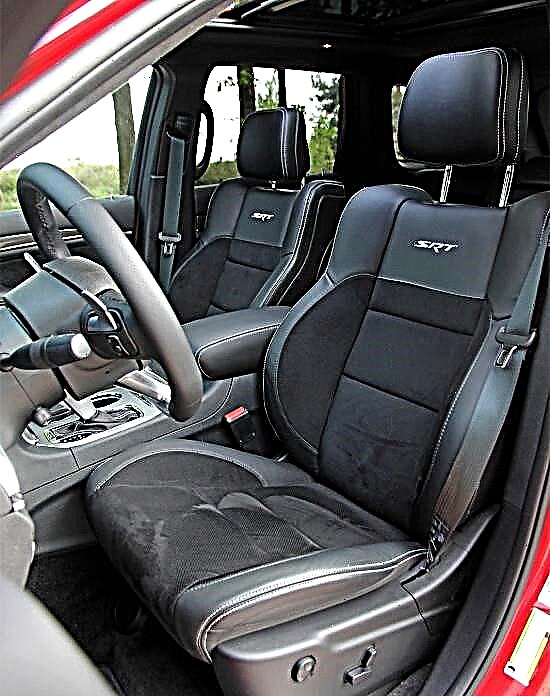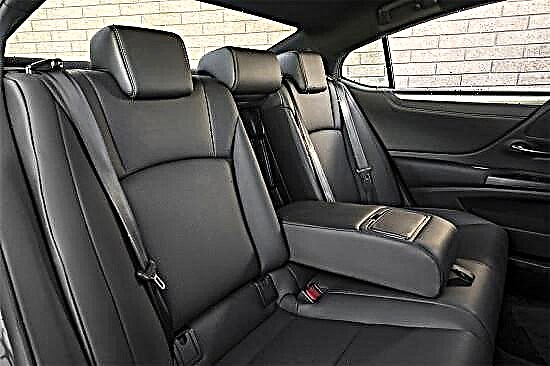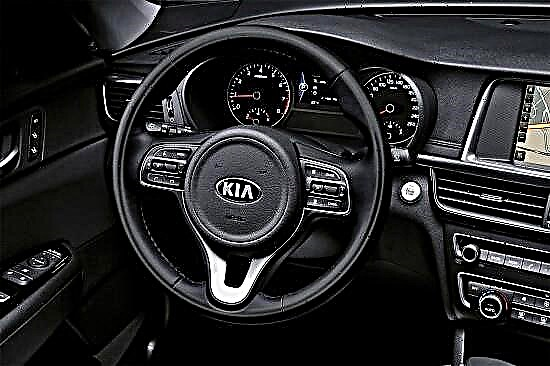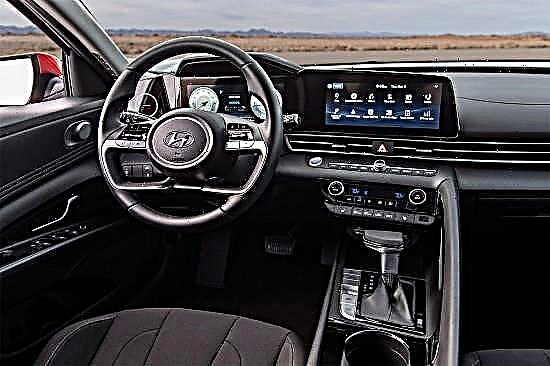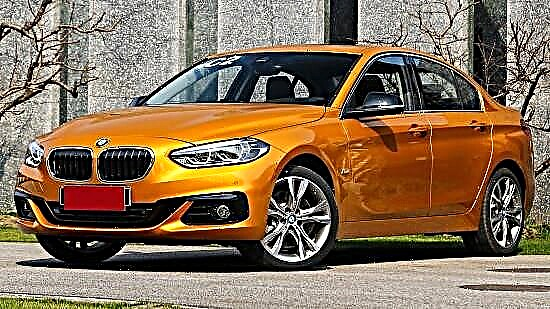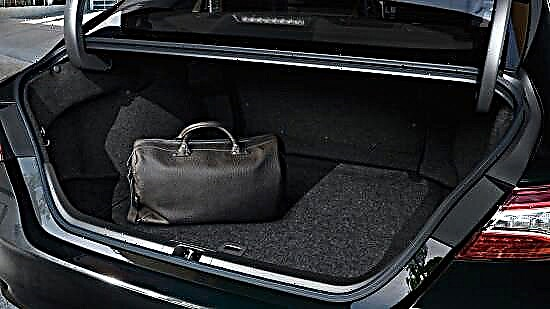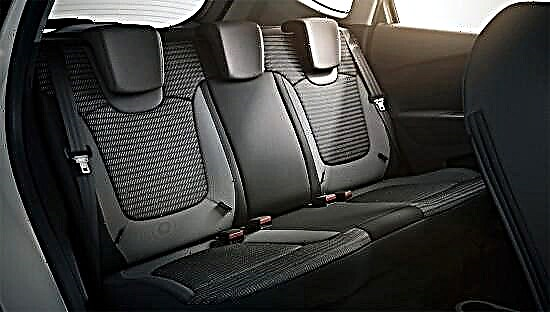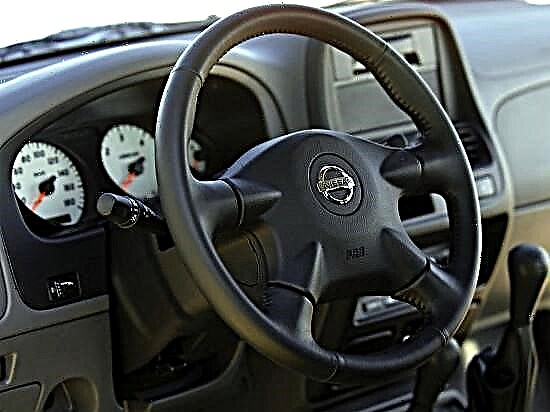The first generation of the Nissan Navara compact pickup truck with the factory designation "D22", known as the Frontier in North, South and Central America, debuted in 1997 and then entered the market. In 2001, the car underwent a planned restyling, after which it received a corrected appearance and minor modifications of the technical part, and lasted on the conveyor until 2004 - it was at that time that a new model with the "D40" index arrived to replace it.

"Navara" of the first generation is a compact class pickup truck, the line of which combines two versions - a four-door Double Cab and a two-door Regular Cab. The overall length of the "truck" is 4980-5153 mm, width - 1720-1825 mm, height - 1590-1605 mm. The car has a wheelbase of 2949-2950 mm, and its ground clearance varies from 175 to 230 mm, depending on the modification.

The Nissan Navara D22 was fitted with a wide range of powertrains, combined with 4-speed automatic, 4- or 5-speed "manual" gearboxes, rear-wheel drive or all-wheel drive "part-time" system with rigidly activated front axle.
- For a compact pickup, gasoline in-line "fours" of 2.4 liters were offered, developing 120-148 horsepower and 195-208 Nm of rotating potential, and a V-shaped "six" with a volume of 3.3 liters, generating 180 "mares" and 274 Nm of peak thrust.
- The car was equipped with diesel installations - four-cylinder turbocharged engines of 2.4-2.5 liters, producing 104-134 "horses" and 242-304 Nm of torque.
The "first" Nissan Navara is based on a ladder-type frame with a longitudinally attached power unit. Its front axle employs an independent double wishbone chassis, while its rear axle features a dependent leaf-spring architecture.
The car is equipped with a "worm" steering complex with a hydraulic booster, as well as disc front and drum rear brakes.

Positive features of the first generation "Navara" are: reliability, excellent cross-country ability, high carrying capacity, decent handling, affordable service and high-torque engines.
But it also has negative aspects - a spartan interior, poor sound insulation, high fuel consumption and a stiff suspension.

